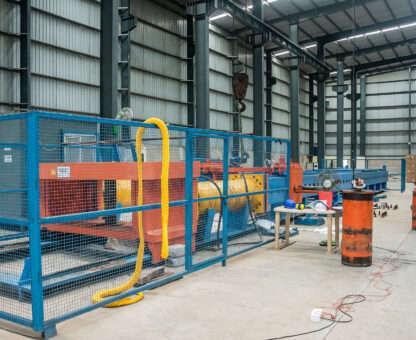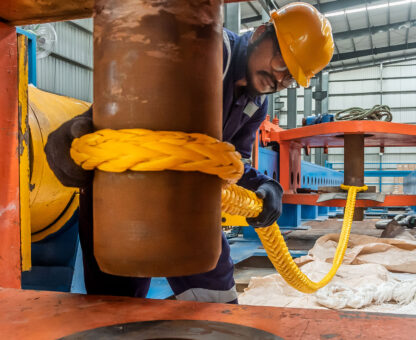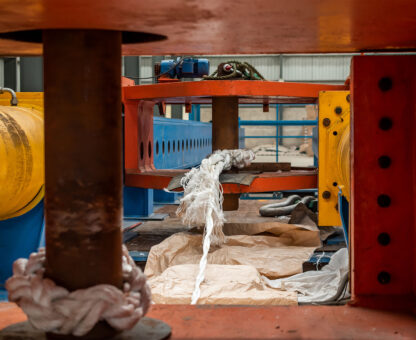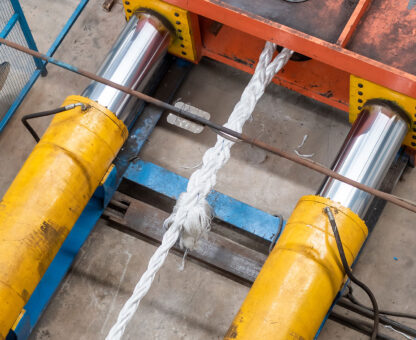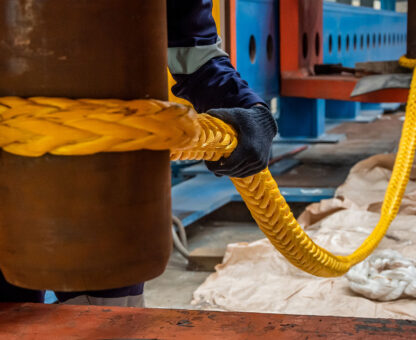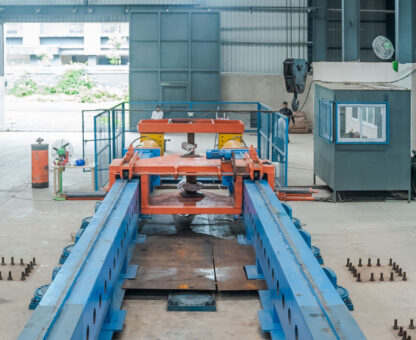Top 5 Mistakes to Avoid When Using Lifting Beams
Lifting beams are essential tools in industrial and construction settings, enabling the safe handling of heavy loads. However, improper use of lifting beams can lead to equipment damage, safety hazards, and operational inefficiencies. To ensure maximum safety and performance, it’s important to recognize and avoid common mistakes. Here are five key pitfalls to watch out for:
1. Overloading the Beam
One of the most frequent errors is exceeding the lifting beam's load capacity. Each beam is designed for a specific maximum load, often referred to as its Safe Working Load (SWL). Overloading can result in structural failure, endangering workers and damaging equipment.
Solutions: These are extremely versatile and durable, making them perfect for high-volume lifting. Chain slings are particularly useful for repetitive tasks in assembly lines or heavy machine handling.
2. Improper Rigging Configurations
Incorrect rigging setups, such as uneven load distribution or using incompatible shackles and slings, can destabilize the load. This not only risks accidents but also places uneven stress on the lifting beam.
Solutions: Train operators on proper rigging techniques. Always use compatible rigging gear and ensure the load is balanced and aligned with the beam's centerline.
3. Skipping Regular Inspections
Neglecting routine inspections of lifting beams is a critical oversight. Small issues, like cracks, corrosion, or worn attachment points, can escalate into serious failures during use.
Solutions: Conduct regular visual inspections of the lifting beam and associated equipment. Schedule professional inspections and non-destructive testing (NDT) periodically to identify hidden flaws.
4. Using the Wrong Beam for the Job
Not all lifting beams are created equal. Using a standard lifting beam when the application requires a spreader beam, container beam, or custom lifting solution can lead to inefficiencies and hazards.
Solutions: Choose the right beam for your specific application. For complex or unique tasks, consider custom-engineered beams designed for your operational needs.
5. Ignoring Environmental Factors
Environmental conditions like extreme temperatures, moisture, and chemical exposure can weaken lifting beams over time. Operating without accounting for these factors can compromise safety.
Solutions: Use beams with materials and coatings suited for the operating environment. Inspect beams more frequently in harsh conditions and replace them if signs of wear are evident.
Conclusion
Lifting beams play a critical role in industrial operations, but their safe and efficient use requires adherence to proper practices. Avoiding these five common mistakes can help ensure that your lifting operations are both safe and productive. By investing in regular training, inspections, and the right equipment for each job, businesses can reduce risks and maintain compliance with safety standards.
For expert advice on lifting beams or customized lifting solutions, visit Krishdhan Fabtech Pvt Ltd and explore our range of products and services designed to meet your operational needs.
Have a Project? Let’s Talk!
TESTING FACILITY
